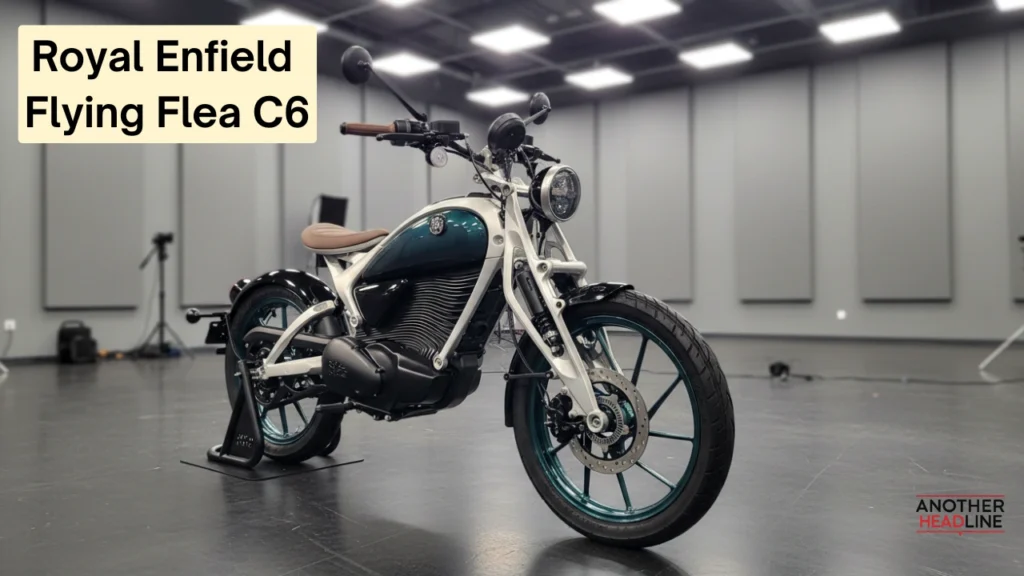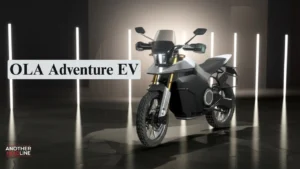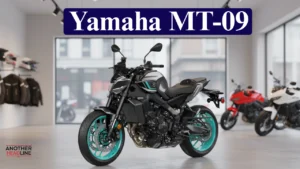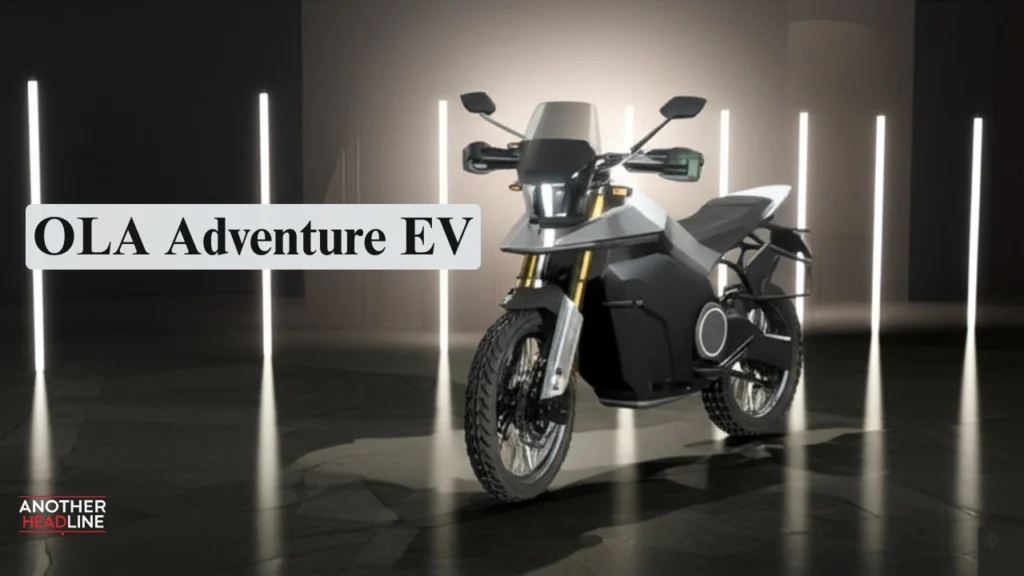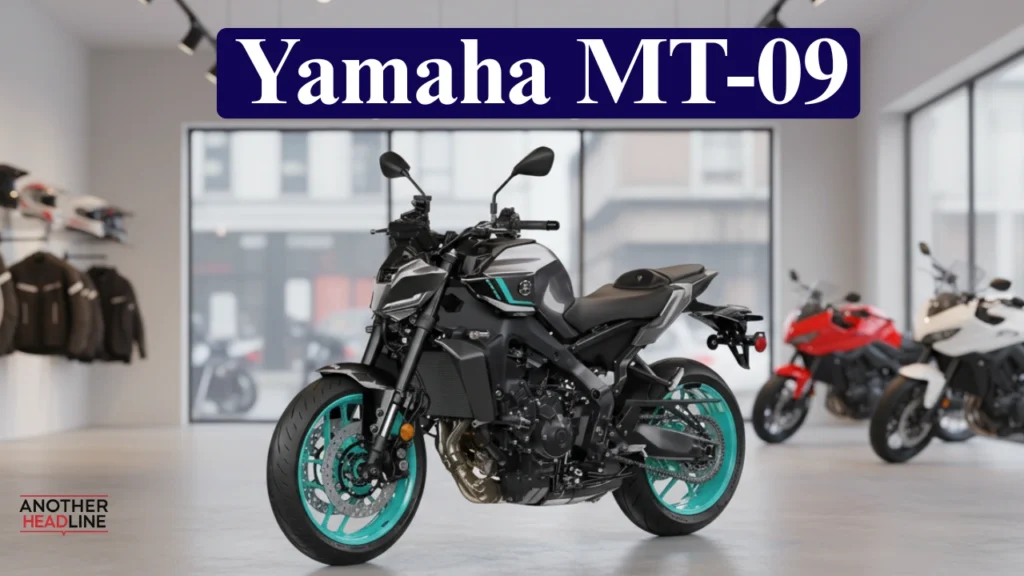Royal Enfield Flying Flea C6 is creating a buzz in the motorcycle world as the brand ventures into electric mobility. This new electric motorcycle combines Royal Enfield’s classic styling with modern technology, aiming to provide urban riders with a stylish and practical commuting option. The Flying Flea C6 retains the heritage-inspired design while introducing electric performance and smart features that appeal to both enthusiasts and first-time riders.
Design and Styling of Royal Enfield Flying Flea C6
Royal Enfield Flying Flea C6 takes inspiration from the original Flying Flea motorcycle used during World War II. The bike blends retro aesthetics with contemporary electric vehicle elements, giving it a unique look for city riding.
Key Design Highlights
- Girder-style front fork with articulating mudguard, reminiscent of the original Flying Flea suspension
- Teardrop-shaped faux fuel tank that houses the electric battery
- Circular LED headlamp and mirrors to maintain classic appeal
- Minimalistic tail section with modern LED tail light
- Lightweight frame optimized for urban maneuverability
The Flying Flea C6’s design allows riders to enjoy both the nostalgia of a classic Royal Enfield and the practicality of a modern electric bike.
Royal Enfield Flying Flea C6 Specifications
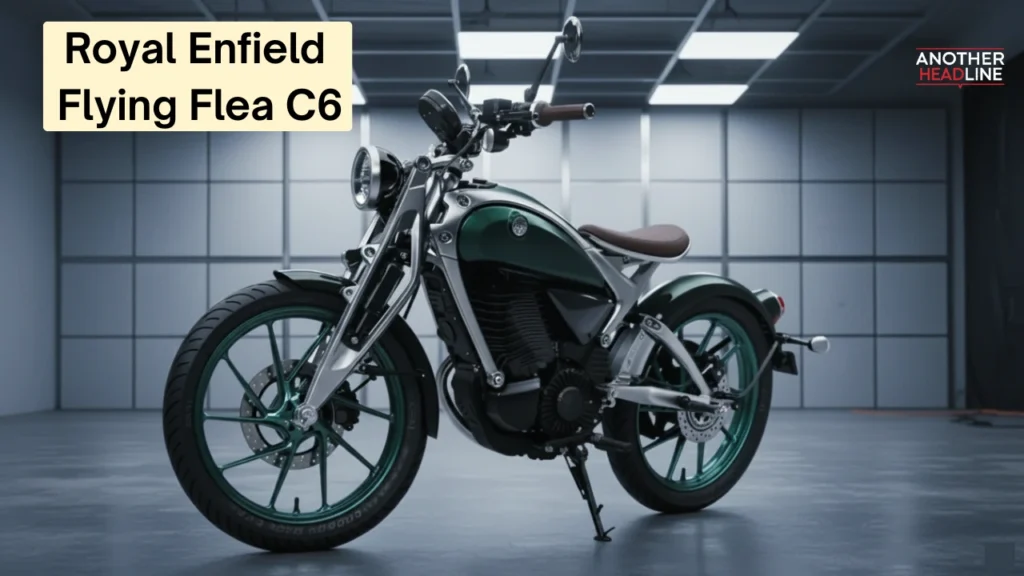
The specifications of Royal Enfield Flying Flea C6 focus on providing a balance of performance and range while maintaining lightweight construction.
Also Read
Expected Performance
- Electric motor output comparable to a 125cc to 150cc petrol bike
- Top speed expected around 80-90 km/h suitable for city commutes
- Lightweight construction to ensure agility in traffic
Battery and Charging
- Battery integrated into the faux fuel tank design
- Range expected to be around 80-100 km on a single charge
- Charging compatible with standard household outlets
- Fast charging support for quick top-ups
Advanced Rider Features
- Multiple ride modes including eco and city modes
- Regenerative braking to extend battery life
- Cornering ABS and traction control for improved safety
- Cruise control for comfortable long rides
Technology and Smart Features
Flying Flea C6 is equipped with modern technology for a smooth riding experience. The bike integrates a centralized Vehicle Control Unit (VCU) for intelligent management of all key systems.
Connectivity and Updates
- Bluetooth-enabled mobile app to monitor performance and battery
- Customizable ride modes and throttle response
- Over-the-air software updates to keep features current
- Real-time diagnostics for maintenance alerts
Rider Comfort and Safety
- Ergonomic seating for short and medium-distance rides
- Handlebar-mounted controls for easy access to key functions
- High-quality suspension to handle urban road conditions
- Lightweight chassis to reduce fatigue during stop-and-go traffic
Launch Timeline and Price of Royal Enfield Flying Flea C6

Flying Flea C6 is expected to launch in India by early 2026. The anticipated price range is estimated between ₹2,00,000 and ₹3,00,000, positioning it competitively in the electric motorcycle segment.
Royal Enfield is likely to introduce additional variants like the S6 model later, expanding the Flying Flea lineup to cater to diverse urban mobility needs. Early test rides and feedback will play a significant role in final production models.
Awards and Recognition
The Flying Flea C6 has already gained recognition for its innovative design. It received the Red Dot Design Award 2025, highlighting its blend of heritage aesthetics and modern technology. This award strengthens Royal Enfield’s position as a forward-looking brand in the electric mobility sector.
Final Thoughts
Royal Enfield Flying Flea C6 represents a bold step toward electric mobility while staying true to the brand’s legacy. With its retro-modern design, advanced features, and practical performance, it promises to be a standout option in India’s growing electric motorcycle market. Riders can expect an engaging and efficient urban riding experience with the Flying Flea C6, making it a motorcycle that bridges the gap between heritage and future-forward technology.

